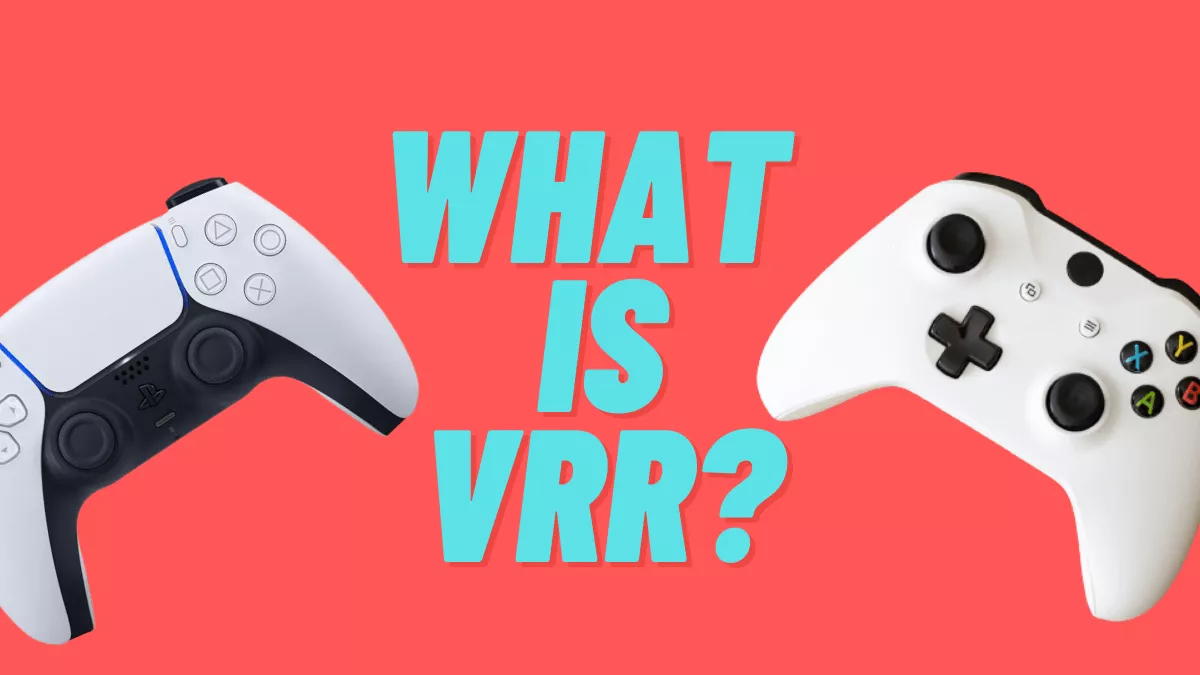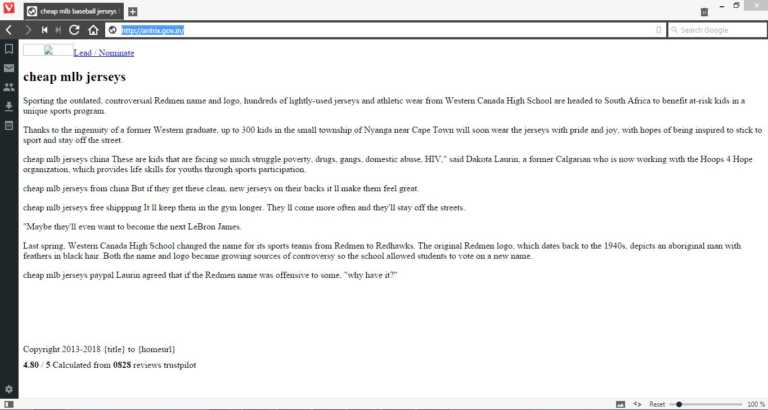What Is VRR? Everything About This Tech

VRR is one of the many TV acronyms on the market right now. What else, you might ask? Well, there’s ALLM and HFR; however, out of the bunch, it’s VRR that packs a punch and is the most important to know out of the lot. Furthermore, it is crucial to know these terms to get a better idea of which gaming TV to buy, especially for console players.
Meanwhile, in this article, we’ll be explaining all about VRR, how the tech works and how VRR can elevate your console gaming experience. So without further ado, let’s quickly get to it.
Variable Refresh Rate
‘Variable Refresh Rate,’ or VRR, as the tech is commonly known, has one purpose: to eliminate screen tearing while gaming on your TV. For the uninitiated, screen tearing refers to the out-of-sync refresh rate of your display and console output. To put it simply, VRR allows a TV to adjust its refresh rate in real-time to adjust to the refresh rate from the console’s output.
As it often happens, you see a video constantly running at a fixed frame rate; meanwhile, for games, this refresh rate constantly changes. Say a game is running at 60fps, when suddenly, a part of the gameplay where the machine takes a moment to process the graphics, leading to a sheer drop in the frame rates.
This creates a window for the screen tear, and that’s where the Variable Refresh Rate or VRR comes in to save the day. However, not all TVs in the market support variable refresh rate. Meaning you have to be careful while choosing your unit if you fret at the fact of losing those precious frames.
VRR over HDMI 2.1
Now that we have a clear idea of the variable refresh rate and it’s working, let’s get another question out of the way, VRR and HDMI 2.1. Before moving forward, it’s clear to establish that VRR is nothing new; the tech has existed for a long time. However, the arrival of HDMI 2.1 has brought variable refresh rates to a much larger audience, making the VRR tech much more accessible to users.
While refresh rates were always a thing for the nerdy PC gaming community, it no longer is. With the addition of HDMI 2.1, VRR, along with ALLM, is now a part of the next-gen gaming experience; Microsoft’s Xbox Series S and X have support for variable refresh rate; as for PS5, VRR is still missing. For the fun part, VRR over HDMI 2.1 gives a better overall experience to users. Compared to NVIDIA’s G-Sync and AMD’s FreeSync, VRR over HDMI 2.1 performs better. However, being widely accessible, NVIDIA’s G-Sync is on many gaming TVs compared to VRR.
With this, we get to the end of this edition of the article. We’re sure this article will help you understand VRR a little bit better. And lastly, while the perfect gaming TV with variable refresh rate support hasn’t arrived in the market yet, we can say it surely is in the works.
If you like this simple explainer, check out our Short Bytes section. We take complex tech topics and break them into short, easy-to-understand articles.






